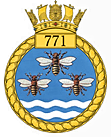
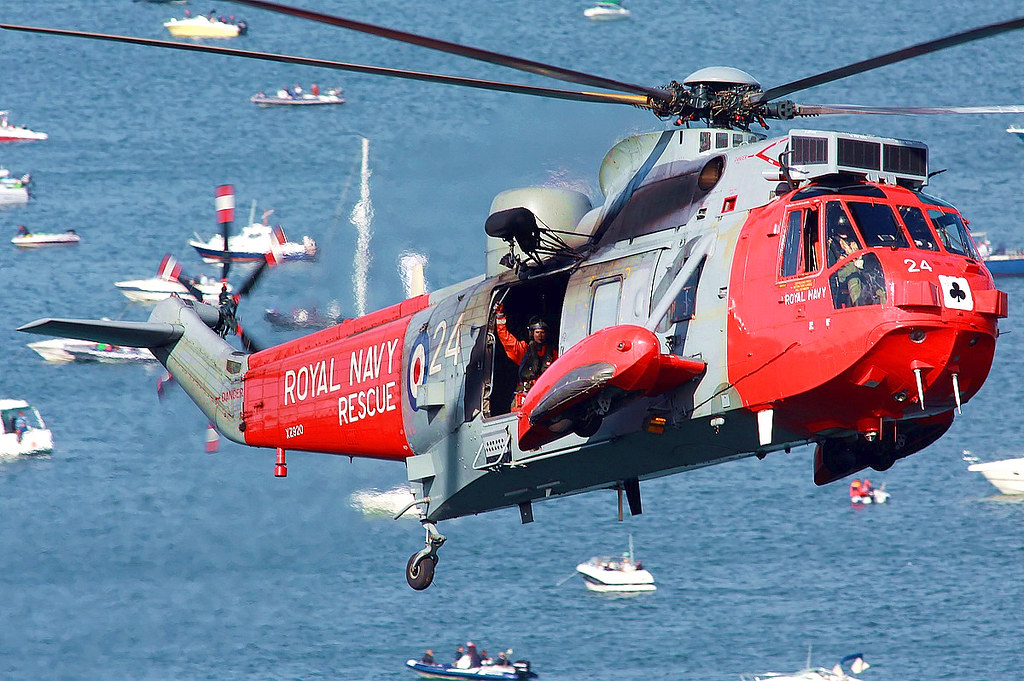
Royal Navy Westland Sea King HU5 XZ920 24 of 771 Naval Air Squadron as seen during a SAR display at the Dawlish Airshow on 23rd August 2014 (Photo: Mark Kwiatkowski)
Editor's Note:
So sad that the days of the Sea King are all but done. And sadder still that the British government have elected to privatise UK SAR ops thus excluding the armed forces from gaining valuable (some would say necessary) experience and disallowing them from delivering what was one of their finest public services.

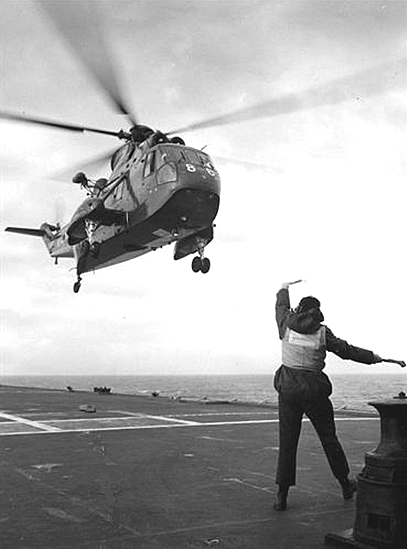





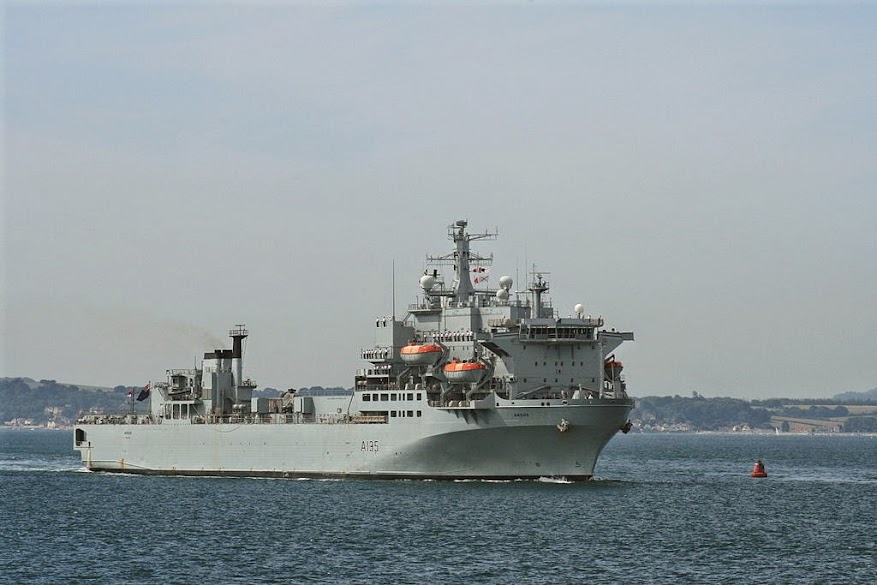
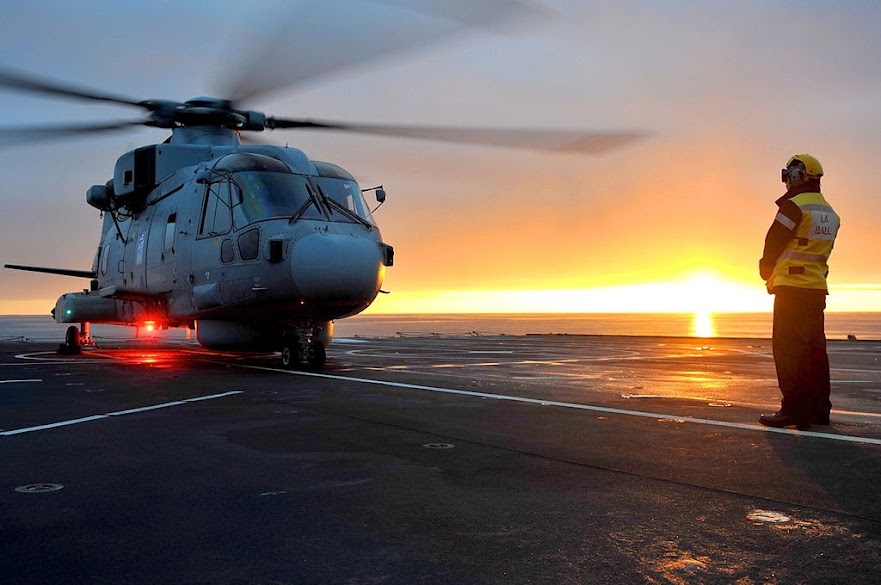



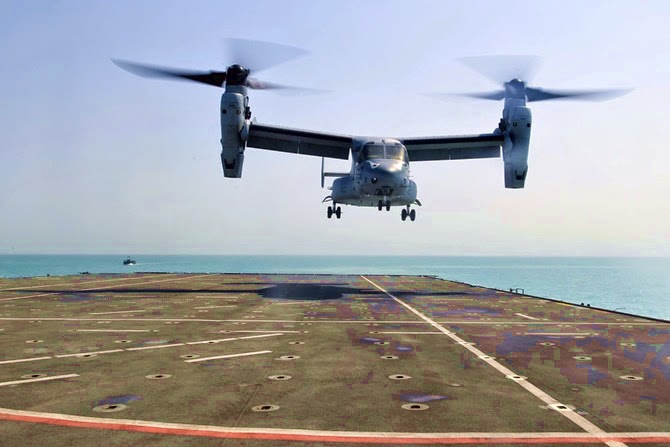





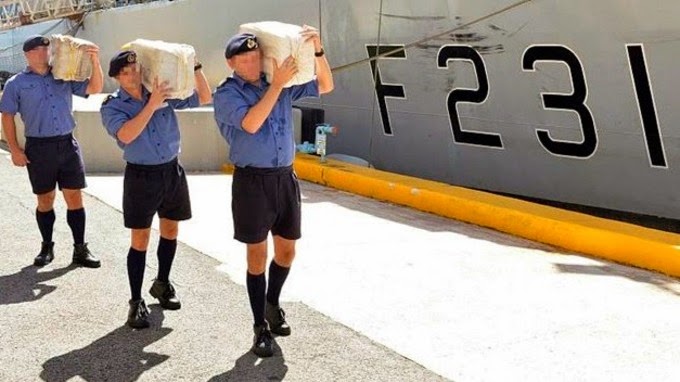




Comment